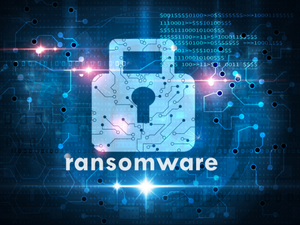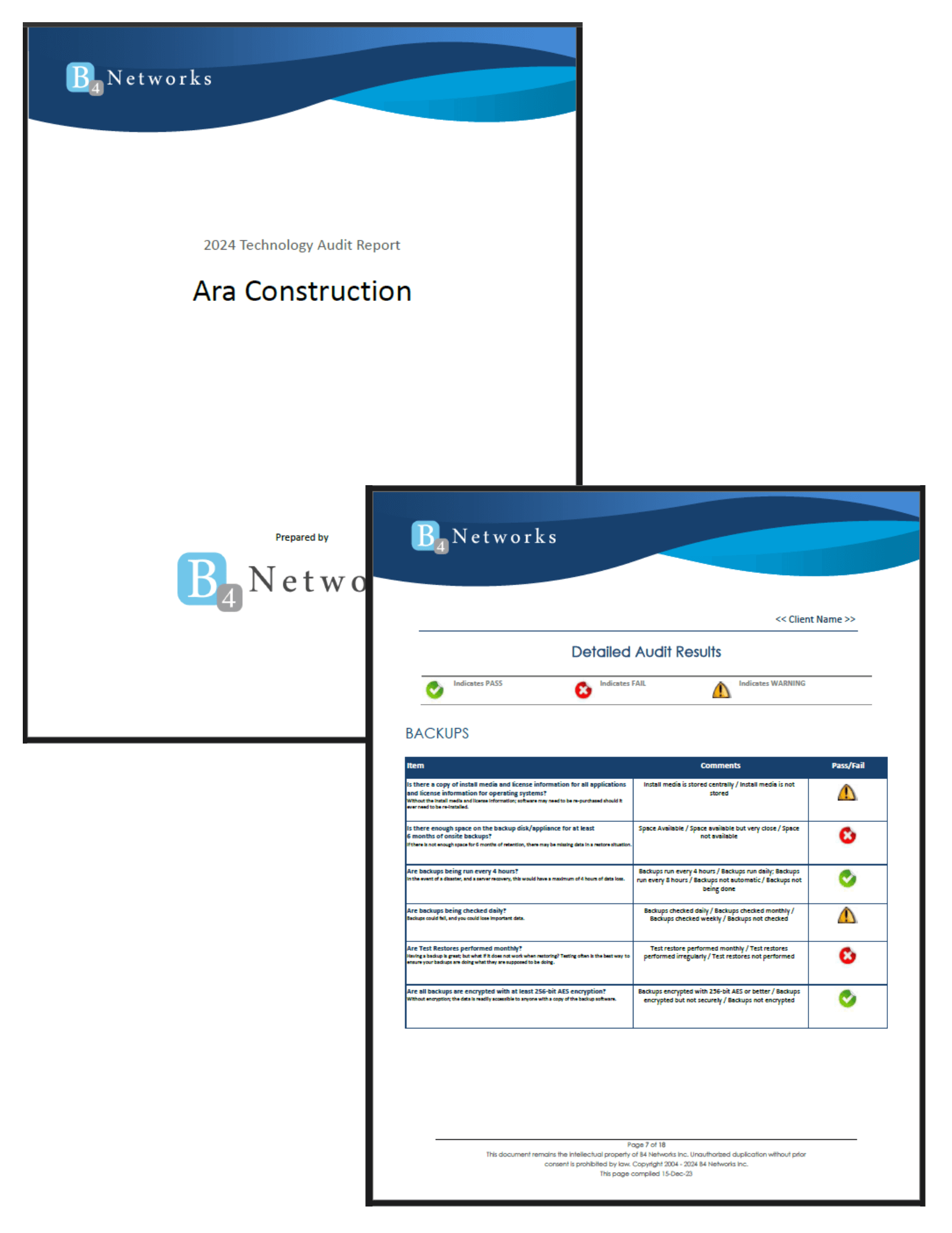 Ransomware is a term that’s been making headlines, and for good reason—it’s one of the most dangerous forms of cybercrime out there today. In this blog, we’ll break down what ransomware is, why it’s so harmful, and what steps you can take to protect your devices from falling victim to it.
Ransomware is a term that’s been making headlines, and for good reason—it’s one of the most dangerous forms of cybercrime out there today. In this blog, we’ll break down what ransomware is, why it’s so harmful, and what steps you can take to protect your devices from falling victim to it.
What is Ransomware?
Ransomware is a type of malicious software (malware) that encrypts a device and the data stored on it, making it inaccessible to the user. Once the device is locked, the cybercriminal demands a ransom payment in exchange for the decryption key that would restore access to the files. This kind of attack can strike a single device or spread across an entire organization’s network, crippling business operations.
How Does Ransomware Spread?
Ransomware can find its way onto your device through several methods. Common delivery mechanisms include phishing emails, where a user unknowingly downloads malware by clicking a malicious link or attachment. Compromised credentials, where hackers gain access to your system through stolen usernames and passwords, are another way ransomware can infiltrate your device. Additionally, cybercriminals can exploit vulnerabilities in outdated software to plant their malware.
The reach of ransomware is constantly expanding, with hackers always on the lookout for new tricks to bypass security measures. This makes it critical to stay informed and vigilant.
The Impact of Ransomware
Ransomware is incredibly damaging, both for individuals and organizations. The inability to access important files can be devastating, especially if there are no backup procedures in place. For businesses, ransomware can lead to severe operational disruptions and significant financial losses.
Even more concerning is the growing trend of double extortion in ransomware attacks. In these cases, cybercriminals not only encrypt the data but also steal it, threatening to release it publicly if the ransom isn’t paid. This adds a terrifying layer of pressure, as the exposure of sensitive information can have serious consequences.
Even if an organization has robust backup systems and can restore their data without paying the ransom, the threat of leaked data remains a major issue. The possibility of having sensitive information released into the wrong hands is a nightmare scenario that no business wants to face.
How to Protect Yourself and Your Organization
Given the risks, it’s essential to take proactive steps to safeguard against ransomware:
- Stay Vigilant with Emails: Phishing emails are one of the most common ways ransomware is delivered. Always check the sender, scrutinize links, avoid unexpected attachments, and be cautious of the message’s content before taking any action.
- Keep Your Devices Updated: Regularly updating your software can close security loopholes that ransomware might exploit. Many attacks occur because of unpatched vulnerabilities.
- Follow Backup Procedures: Ensure that your organization has strong backup procedures in place. For personal devices, consider alternative backup methods to protect important files like family photos and financial documents.
- Never Pay the Ransom: Cybersecurity experts universally advise against paying the ransom. There’s no guarantee that you’ll get your data back or that it won’t be leaked anyway. Instead, work with your IT team and follow proper recovery protocols to restore access to your data.
Ransomware is a serious threat, but by staying informed and following these best practices, you can significantly reduce your risk of falling victim to an attack. Remember, in the fight against ransomware, prevention and preparation are your best defenses.



